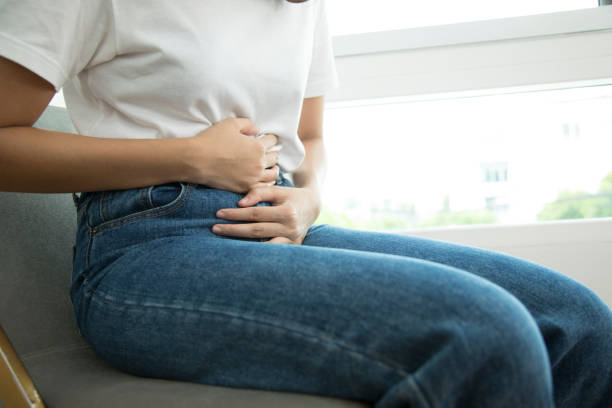Postpartum Pelvic Pain: Causes and Recovery Tips for New Mothers
Postpartum pelvic pain is a common yet often under-discussed issue that many new mothers face after childbirth. Understanding the causes and implementing effective recovery strategies can significantly help in managing this discomfort and enhancing postpartum recovery.
Causes of Postpartum Pelvic Pain
The causes of postpartum pelvic pain can vary, ranging from natural physiological changes to complications related to childbirth:
- Relaxin Hormone: During pregnancy, the body produces the hormone relaxin, which helps to loosen the ligaments and joints in the pelvic area in preparation for childbirth. This increased flexibility can lead to instability and pain in the pelvic region post-delivery.
- Labor and Delivery: The process of childbirth, especially vaginal delivery, can strain and sometimes injure pelvic muscles and nerves. For example, prolonged labor or the use of forceps can increase the risk of pelvic pain.
- Episiotomy and Perineal Tears: An episiotomy (an incision made in the perineum to enlarge the vaginal opening during childbirth) or natural tears can lead to significant pelvic and perineal pain during the postpartum period.
- Cesarean Section: Although a C-section avoids vaginal delivery trauma, the abdominal incision can affect pelvic stability and cause pain due to the cutting through abdominal and pelvic tissues.
- Pelvic Floor Dysfunction: Pregnancy and childbirth can lead to weakened pelvic floor muscles, resulting in issues like incontinence, pelvic organ prolapse, and ongoing pelvic pain.
Recovery Tips for New Mothers
Recovering from postpartum pelvic pain involves a combination of self-care measures, medical treatments, and sometimes professional therapy. Here are some effective tips for new mothers:
- Pelvic Floor Exercises: Participating in pelvic floor exercises, such as Kegels, can strengthen these muscles and provide support to the bladder, uterus, and bowels, thereby diminishing pain and enhancing functionality.
- Physical Therapy: A physical therapist with expertise in postpartum recovery can design a customized exercise regimen to strengthen the pelvic floor and abdominal muscles, enhance posture, and relieve pain. Some people find dilators with Pelvic Relief to be helpful in pain relief and for exercises.
- Pain Management: Over-the-counter pain medications like ibuprofen can help to control pain.
- Heat Therapy: Applying a warm heating pad to the pelvic area can help to relax tense muscles and alleviate pain.
- Posture and Ergonomics: Maintaining proper posture while feeding, lifting the baby, or carrying out daily activities can prevent additional strain on the pelvic area. Ergonomic carriers and supportive seating can also help.
- Rest and Recovery: Allowing the body time to heal is crucial. New mothers should avoid strenuous activity too soon after delivery and ensure they get enough rest.
- Nutrition and Hydration: Eating a balanced diet rich in vitamins and minerals supports tissue healing. Staying hydrated, especially if breastfeeding, is also important for overall health and recovery.
- Consult Your Doctor: Regular postpartum checkups are vital. Discuss any concerns regarding pelvic pain with a healthcare provider who may recommend additional treatments such as medication, support garments, or further therapeutic interventions.
Understanding the roots of postpartum pelvic pain and implementing these recovery strategies can greatly assist new mothers in navigating the challenges of the postpartum period. It’s important for mothers to take care of their bodies, seek professional advice, and allow themselves time to heal.




